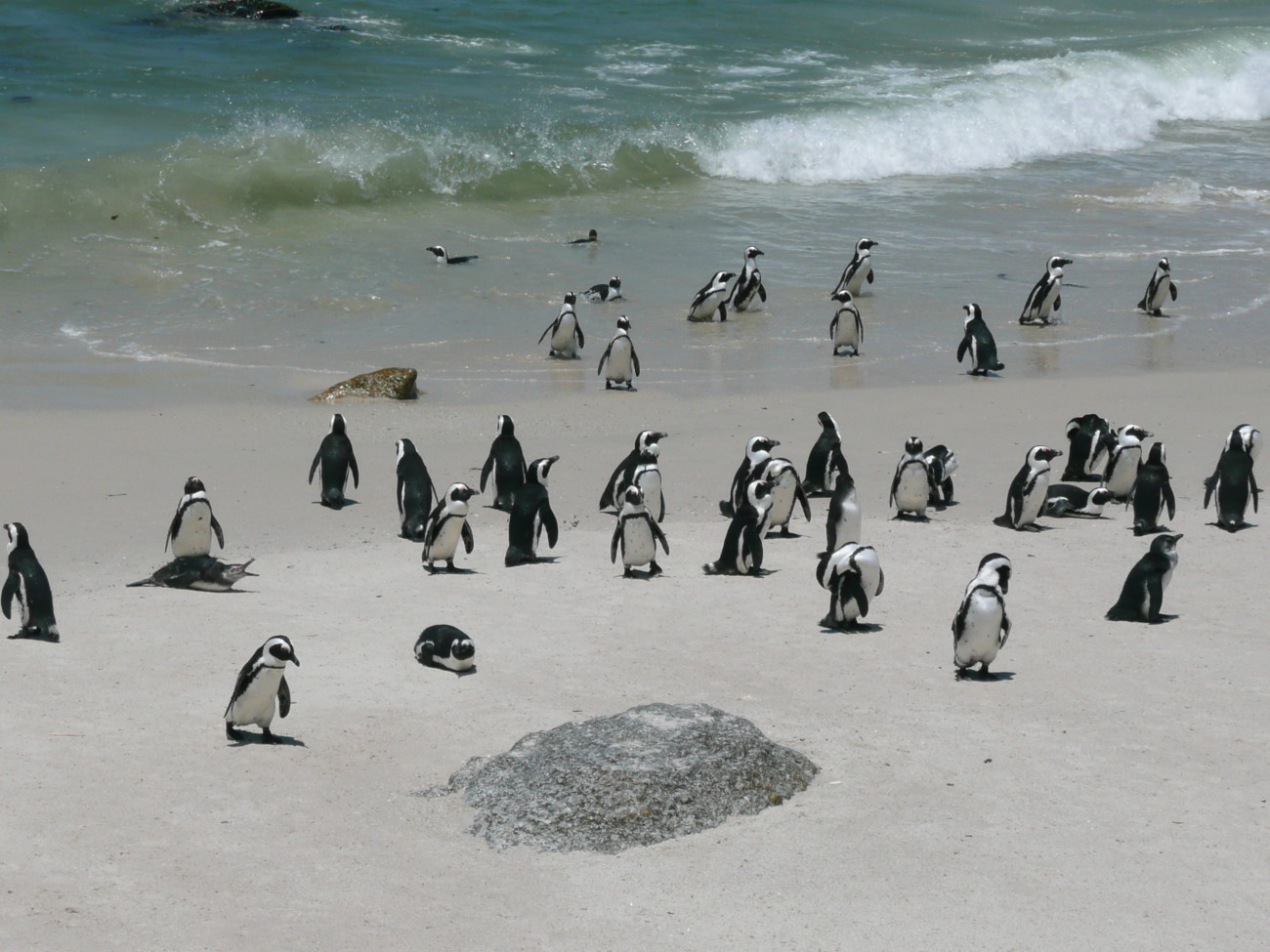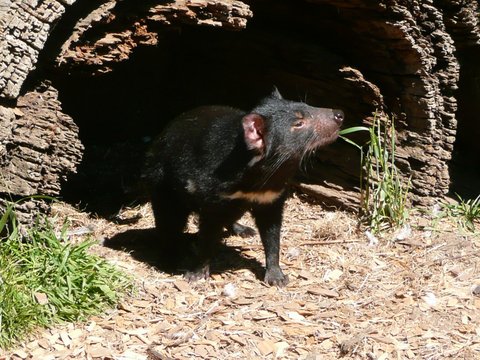
by Loti | Jan 20, 2014 | Animals, Australia, Birds, Endangered Species, Environment, Flowers, Food, Health, Insects, Plants
Adelaide, Australia. Within walking distance of our hotel, I discover a magical botanical garden. Free to the public, in the middle of downtown, this 125 acre oasis includes a rainforest under glass. The forest is housed in the largest single span greenhouse in the Southern Hemisphere (for those of us geography challenged, the Southern Hemisphere is all the land below the equator including Anartica, Australia, most of South America and a third of Africa.) Entering the glass 2 story structure, the air is misty and buzzing with activity, from birds, insects, plants growing and 1,000 misting nozzles. I have always heard how important the rainforest (defined as a dense forest receiving 90-180 inches of annual rainfall) is to our global ecosystem, but I had no idea 50% of the world’s plants and animals live in them. And many of our medicines (some anti cancer and leukemia drugs for starters) come from rainforest plants. Yet we are losing 1-2 (and some biologists estimate the number is closer to 100) animal and plant species a day to extinction primarily from deforestation. Wow! So what can we do? I plan on learning more about the issues and possible solutions by joining a conservation club, visiting rain forests whenever I can and taking steps to recycle and be nice to our Earth. Once a species is gone, we can never get it back. And that sounds so...

by Loti | Jun 25, 2013 | Animals, Australia, Endangered Species, Tasmania
Boston, MA. A stuffed Tasmanian Tiger seen at The Harvard Museum is something to behold. With stripes on its back and the features of a large dog or wolf, it was the world’s largest carnivorous marsupial (distinguished by the young being carried in a pouch).And one of only 2 marsupials where both sexes had a pouch. The last known tiger died in 1936 from neglect at The Hobart Zoo in Tasmania less than 2 months after it was declared a protected species. Hunted to extinction in Australia, Tasmania and New Guinea by European settlers, it is one of the most fabled, mystical animals of this century. But since it’s declared extinction, there have been thousands of unconfirmed sightings. In 1983, Ted Turner offered a $100,000 reward for proof of the continued existence of a tiger and as recently as 2005, an Australian magazine offered a million dollars for proof. Movies have been made including The Hunter starring Willem Dafoe, and numerous books have been written about the tiger. Even talk about cloning preserved DNA adds to the legend. So you never know. Extinct or not? Either way, a fascinating animal. Photo by Corrie Woods ...

by Loti | Apr 25, 2013 | Africa, Animals, Endangered Species
Africa. I never expected to see penguins frolicking in the warm surf, in Africa of all places. But there they were at the beach at The Cape of Good Hope, the Southern tip of Africa. The African Penguin, also known as the Black-Footed Penguin or the Jackass Penguin because of the donkey like bray they make, are endangered. Only about 55,000 remain, down from 4 million at the turn of the century. And without a halt in their decline, they are expected to be extinct within 10 years. But they could be extinct now if not for the largest animal rescue ever in the world back in 2000. The MVP Treasure, an iron ore tanker, sank off the African coast and released 1300 tons of fuel oil. Almost half of the entire African penguin population was at risk of dying from oil exposure. Volunteers came from all over the world, over 12,000 people, to help individually wash each bird. 40,000 birds were affected with over 90% saved. Read about the rescue in “The Great Penguin Rescue” or watch a Ted talk (www.ted.com/talks/dyan_denapoli) both by Dyan deNapoli, one of the rescuers. The message she delivers is inspiring. Each of us can make a difference, whether one penguin at a time or one moment at a time. What difference can I make today? ...

by Loti | Apr 11, 2013 | Animals, Endangered Species, Tasmania
Tasmania. So who is this cute little guy? Well the Tasmanian Devil, of course. What? There really is a Tasmanian Devil and he/she lives in Tasmania? And it is not a Looney Toon cartoon (remember Taz?). Well first, let’s figure out where Tasmania is since I didn’t know until I visited there a couple of years ago. Tasmania is an island located 150 miles off the Australian coast to the South. It is the only place in the world where the Tasmanian Devil lives in the wild. Outside of Australia, the only place to see the devils is the Copenhagen Zoo where 4 were presented as a gift when the Crown Prince of Denmark, whose Mother is Tasmanian, was born in 2005. No other zoos outside Australia have them. Weird. Devils are the largest carnivorous marsupial (quite a mouthful). Think back to biology, marsupials are mammals that carry their young in a pouch including kangaroos, possums and wombats (which happen to be the devil’s favorite food). Being carnivorous, they consume all of their prey including bones, skin and flesh acting as a vacuum cleaner for the forests. And they are yet another endangered species with 85% of the population being wiped out by a contagious facial cancer that spreads when the devils bite each other through mating or feeding. Scientists are trying to develop a cure and also establish disease free colonies to prevent possible extinction in the next 20 years. Let’s hope it works so you can see a devil next time you are in Tasmania! ...





